Regulatory Compliance
Regulatory compliance is emerging as a critical driver for the Access Control Reader Market. Organizations are increasingly required to adhere to stringent regulations regarding data protection and security. Compliance with standards such as GDPR and HIPAA necessitates the implementation of robust access control measures. In 2025, it is anticipated that the demand for access control solutions that facilitate compliance will rise significantly, with a projected market share increase of 15%. This trend underscores the importance of integrating access control systems that not only enhance security but also ensure adherence to legal requirements. As businesses navigate the complexities of regulatory landscapes, the Access Control Reader Market must provide solutions that align with these evolving compliance mandates.
Rising Security Concerns
The Access Control Reader Market is experiencing a notable surge due to increasing security concerns across various sectors. Organizations are prioritizing the protection of sensitive information and assets, leading to a heightened demand for advanced access control solutions. In 2025, the market is projected to reach a valuation of approximately 10 billion USD, reflecting a compound annual growth rate of around 8%. This growth is driven by the need for enhanced security measures in commercial, residential, and governmental facilities. As threats evolve, the Access Control Reader Market must adapt, integrating innovative technologies to address these challenges effectively. The emphasis on security is not merely a trend; it is becoming a fundamental requirement for operational integrity and safety.
Growth of Smart Buildings
The growth of smart buildings is significantly influencing the Access Control Reader Market. As urbanization accelerates, the demand for intelligent building solutions is on the rise. Smart buildings incorporate advanced access control systems that enhance security while improving operational efficiency. In 2025, the market for access control solutions in smart buildings is projected to grow by approximately 20%, driven by the integration of IoT devices and automation technologies. This trend reflects a broader movement towards sustainable and efficient building management practices. As more developers and property managers recognize the value of smart technologies, the Access Control Reader Market is likely to expand, offering innovative solutions tailored to the needs of modern infrastructures.
Technological Advancements
Technological advancements play a pivotal role in shaping the Access Control Reader Market. The integration of cutting-edge technologies such as artificial intelligence, machine learning, and the Internet of Things is revolutionizing access control systems. These innovations enable real-time monitoring, data analytics, and improved user experiences. In 2025, the market is expected to witness a significant increase in the adoption of smart access control solutions, which are projected to account for over 40% of total market revenue. This shift towards intelligent systems indicates a growing recognition of the benefits that technology brings to security management. As organizations seek to streamline operations and enhance security protocols, the Access Control Reader Market is likely to evolve rapidly, driven by these technological breakthroughs.
Increased Adoption of Mobile Access Solutions
The increased adoption of mobile access solutions is reshaping the Access Control Reader Market. With the proliferation of smartphones and mobile devices, organizations are increasingly turning to mobile-based access control systems. These solutions offer convenience and flexibility, allowing users to manage access remotely. In 2025, mobile access solutions are expected to account for nearly 30% of the overall market share, reflecting a growing preference for user-friendly security options. This shift is indicative of a broader trend towards digitization and mobility in security management. As organizations seek to enhance user experiences while maintaining robust security protocols, the Access Control Reader Market is likely to witness continued growth in mobile access technologies.


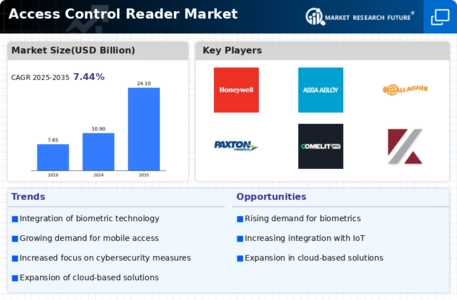
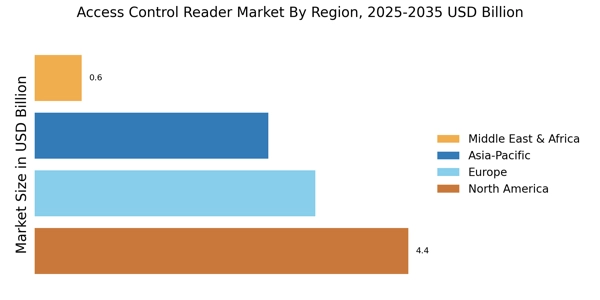
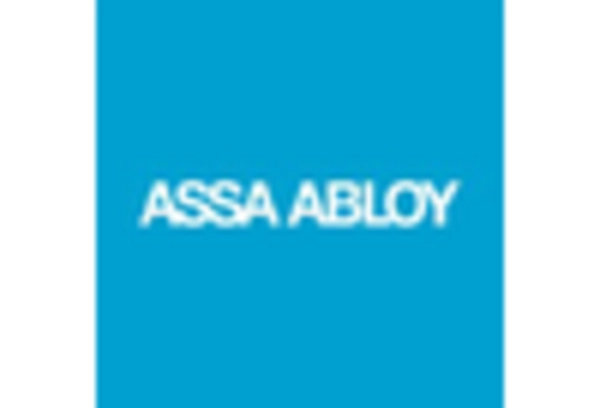
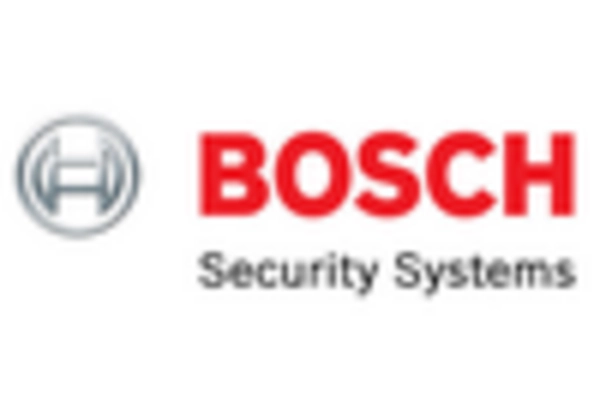


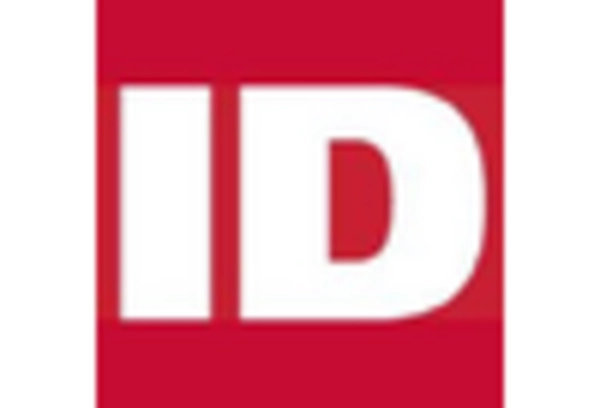









Leave a Comment